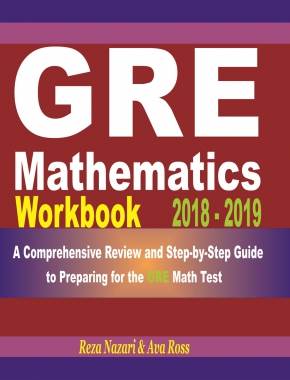Riemann Sums Made Easy: Step-by-Step Tutorial
Riemann sums are like the building blocks of integral calculus, a bridge between discrete and continuous.

Riemann Sums are a fundamental concept in calculus, used to approximate the area under a curve or, more formally, to approximate the definite integral of a function. They are named after the German mathematician Bernhard Riemann. Here’s a thorough explanation:
Concept Overview
- Purpose: Riemann Sums are used to approximate the area under a curve, which is integral in calculus for finding areas, volumes, and other applications.
- Basic Idea: The area under a curve within a certain interval is approximated by dividing the interval into smaller sub-intervals, calculating the area of simple shapes (like rectangles or trapezoids) over these sub-intervals, and then summing these areas.
Steps in Calculating a Riemann Sum
- Choose an Interval: Select the interval \([a, b]\) over which you want to approximate the area under the curve of a function \( f(x) \).
- Divide the Interval: Split this interval into smaller sub-intervals. The number of sub-intervals, denoted as \( n \), can vary. More sub-intervals typically lead to a more accurate approximation.
- Determine Sub-Interval Width: The width of each sub-interval, denoted as \( \Delta x \), is \(\frac{b-a}{n}\).
- Choose Sample Points: For each sub-interval, choose a sample point. This could be the left endpoint, right endpoint, midpoints, or any other point within each sub-interval.
- Calculate Function Values: Evaluate \( f(x) \) at each of these sample points.
- Sum Up: Multiply each function value by the width of its sub-interval \(( \Delta x )\) to get the area of each rectangle (or trapezoid) and sum these areas.
Types of Riemann Sums
- Left Riemann Sum: Uses the left endpoint of each sub-interval for the sample point.
- Right Riemann Sum: Uses the right endpoint of each sub-interval.
- Midpoint Riemann Sum: Uses the midpoint of each sub-interval.
- Trapezoidal Rule: A more complex form that approximates the area using trapezoids instead of rectangles.
Mathematical Formulation
The Riemann Sum can be expressed as:
\(S = \sum_{i=1}^{n} f(x_i^*) \Delta x\)
where \( x_i^* \) is the sample point in each sub-interval, and \( \Delta x \) is the width of the sub-intervals.
Importance in Calculus
Riemann Sums are crucial because they:
- Provide the foundation for the definite integral.
- Help in understanding the concept of integration as a limit of sums.
- Serve as a tool for approximating areas and other quantities that are difficult to calculate exactly.
Limitations and Extensions
- Accuracy: The accuracy of a Riemann Sum depends on the number of sub-intervals and the function’s behavior. More sub-intervals generally lead to a more accurate approximation.
- Extension to Definite Integrals: As the number of sub-intervals goes to infinity \(( n \to \infty )\), and their width \( \Delta x \) goes to \(zero\), the Riemann Sum approaches the exact value of the definite integral, illustrating the fundamental concept of integration in calculus.
Related to This Article
More math articles
- 8th Grade MEA Math Worksheets: FREE & Printable
- How to Calculate the Area of Regular Polygons
- 3rd Grade ISASP Math Worksheets: FREE & Printable
- 6th Grade PSSA Math Worksheets: FREE & Printable
- Sandy Savings: A Guide to How to Calculate Sales Tax on Your Beach Vacation
- The Ultimate 7th Grade Common Core Math Course (+FREE Worksheets)
- How to Graph Inequality: Using Number Lines to Graph Inequalities
- How to Approximate Irrational Numbers? (+FREE Worksheet!)
- The Butterfly Effect in Mathematics: Small Changes, Big Impact
- Top 10 Tips You MUST Know to Retake the HiSET Math


























What people say about "Riemann Sums Made Easy: Step-by-Step Tutorial - Effortless Math: We Help Students Learn to LOVE Mathematics"?
No one replied yet.